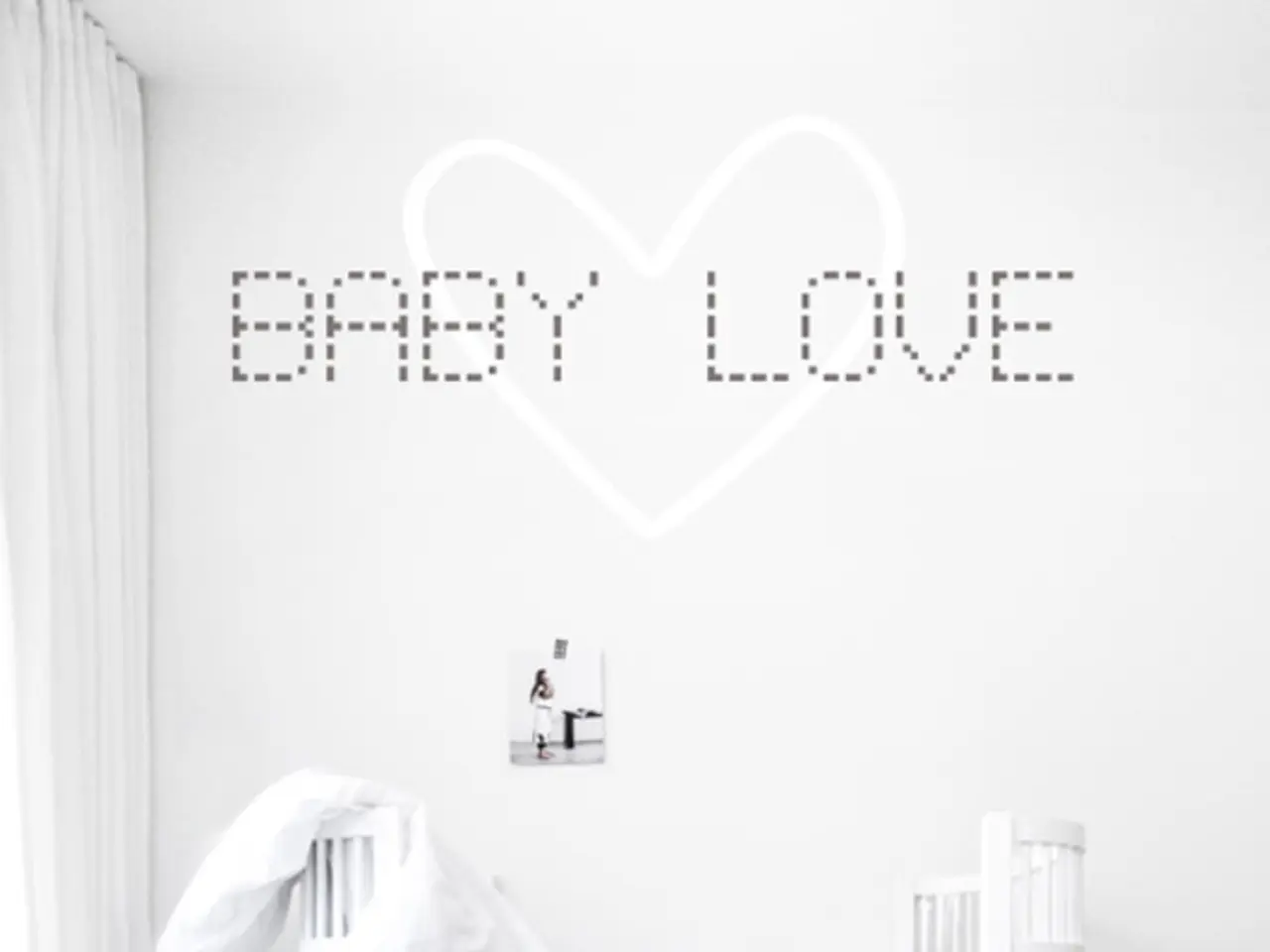Discover Your Attachment Style Through Our Quick Quiz
In the realm of romantic relationships, understanding one's attachment style can be key to fostering healthier and more satisfying connections. John Bowlby and Mary Ainsworth, pioneers in attachment theory, identified four primary attachment styles in their groundbreaking research, particularly through Ainsworth's Strange Situation experiment[1][2][3][4].
These styles, which describe patterns of emotional relating in both infancy and adult relationships, include the Secure, Anxious (Preoccupied), Avoidant (Dismissive-Avoidant), and Fearful-Avoidant (Disorganized) styles.
Here's a breakdown of each style's characteristics in adult romantic relationships:
| Attachment Style | Characteristics in Adult Romantic Relationships | |-----------------------|---------------------------------------------------------------------------------------------| | Secure | Comfortable with intimacy and closeness, able to trust and depend on partner, balanced independence and connection, warm and responsive in love. Positive view of self and others, resilient, good emotional regulation[1][2][3][4]. | | Anxious (Preoccupied) | High need for validation, fear of abandonment, clingy or needy behaviors, sensitive to partner's mood, insecurity and self-doubt, requires frequent reassurance, often worries about partner's love[1][2][3][4]. Negative self-view but positive view of others[4]. | | Avoidant (Dismissive-Awareant) | Value independence and self-reliance, avoid deep emotional connection, emotionally distant or emotionally withdrawn, uncomfortable with vulnerability and dependence, positive self-view but negative view of others, may downplay intimacy needs[1][2][3][4]. | | Fearful-Avoidant (Disorganized) | Mix of anxious and avoidant behaviors, desire closeness but fear it, unpredictable and inconsistent in relationships, often confused and unsettled about intimacy, can oscillate between seeking and pushing away, negative views of self and others[1][2][3][4][5]. |
Bowlby emphasized the importance of early caregiver responsiveness and availability shaping internal working models—mental templates about self-worth and expectations from others—that guide adult relationship patterns[1][3][5]. Ainsworth’s Strange Situation was experimental in observing infant responses to caregiver separation and reunion, identifying these attachment patterns initially in children, which later research extended to adult romantic contexts[1][3].
The four adult attachment styles align closely with Bowlby and Ainsworth’s findings but were clinically explicated further by Shaver and Hazan in the 1980s[4]. Attachment style influences how adults perceive intimacy, manage conflict, and regulate emotions in romantic relationships, helping to explain variations in relationship satisfaction and stability[3]. Understanding these styles can aid in developing healthier relational patterns.
For instance, people with the Anxious Attachment style, when afraid of losing their partner, can become clingy, possessive, paranoid, or need constant attention. On the other hand, people with the Avoidant Attachment style tend to shut down emotionally during arguments or close themselves off from feelings. Secure people, however, perceive higher levels of emotional and instrumental support from their partners, seeking out emotional support, such as comfort and care, and instrumental support, like resources, help, and problem-solving ideas.
Awareness of one's attachment style is the first step towards changing it. Believing in growth and the potential for deeper and deeper love is important for changing attachment style. However, frequent break-ups, fights, or roller coaster emotions will destroy chances at moving to a secure style. Seeking secure partners can help individuals with Fearful Attachment become more secure themselves.
[1] Bowlby, J. (1969). Attachment and Loss: Vol. 1. Attachment. Basic Books. [2] Ainsworth, M. D. S., Blehar, M. C., Waters, E., & Wall, S. (1978). Patterns of Attachment: A Psychological Study of the Strange Situation. Hillsdale, NJ: Erlbaum. [3] Shaver, P. R., & Mikulincer, M. (2006). Attachment in Adulthood: Structure, Dynamics, and Change. Guilford Press. [4] Hazan, C., & Shaver, P. R. (1987). Romantic love conceptualized as an attachment process: Implications for the study of intimacy. Journal of Personality and Social Psychology, 52(3), 511-524. [5] Cassidy, J., & Shaver, P. R. (1999). Handbook of Attachment: Theory, Research, and Clinical Applications. Guilford Press.
- Understanding one's attachment style in educational and self-development contexts can be valuable in gaining insights into one's personal growth, as these patterns of emotional relating can extend beyond romantic relationships into other aspects of life.
- As secure attachment in relationships promotes emotional health and satisfaction, focusing on lifestyle changes to foster secure attachment, such as developing trust, cultivating emotional intelligence, and effectively managing conflicts, can lead to overall personal growth and improved quality of life.




